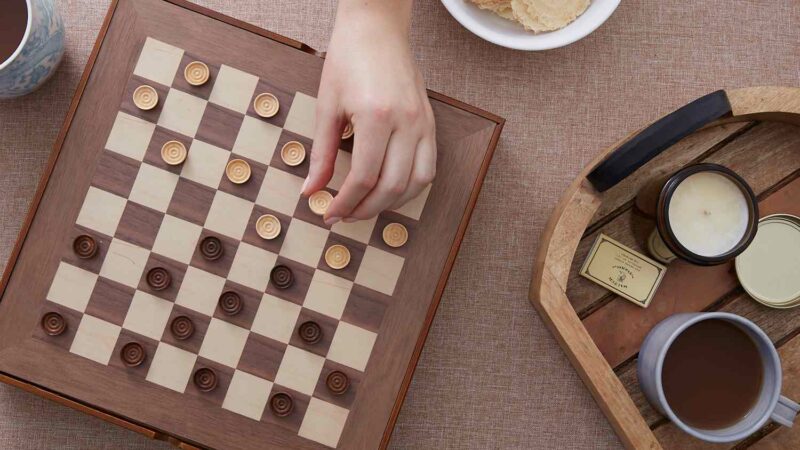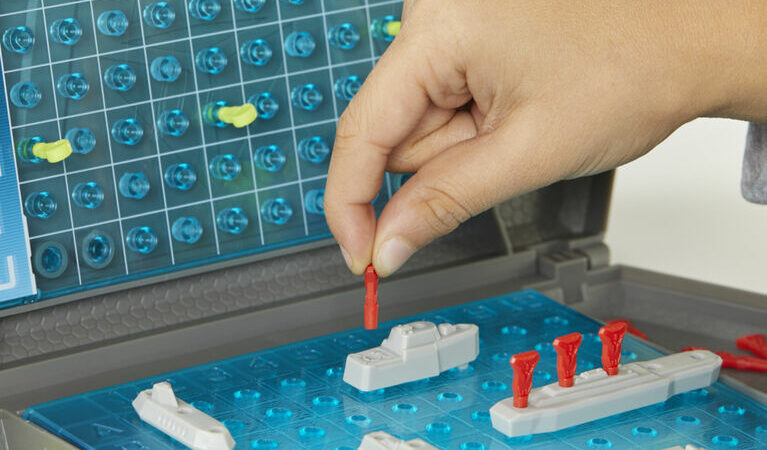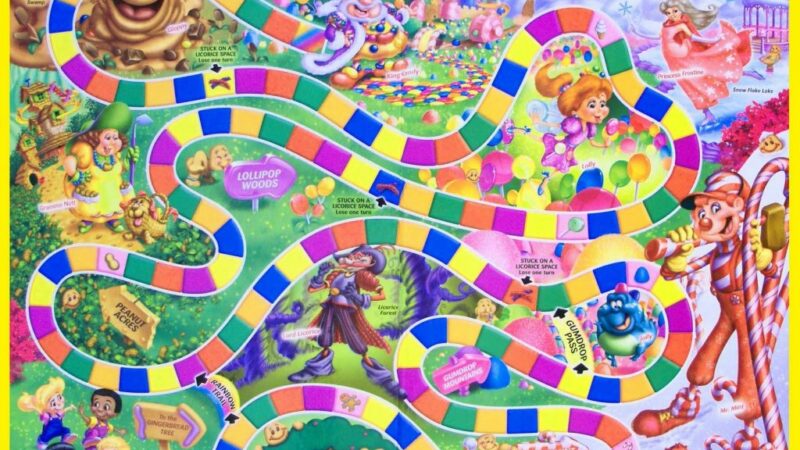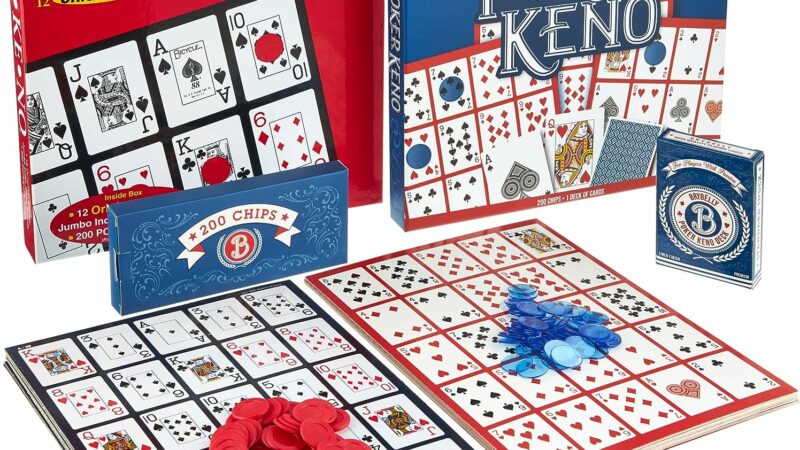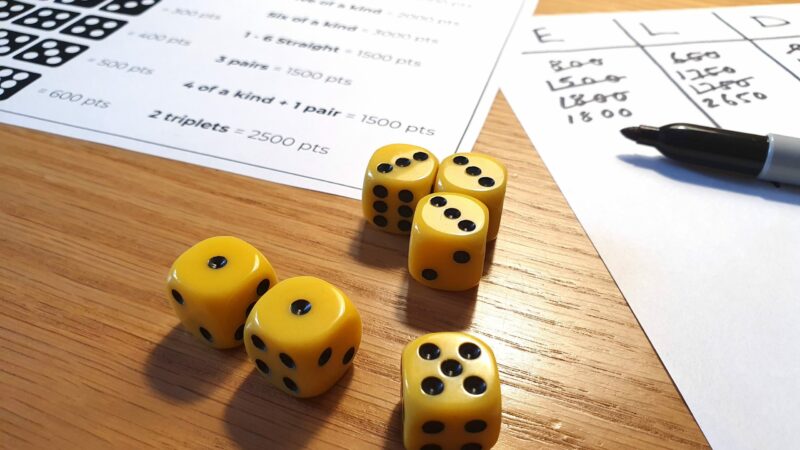Detail Guide On Chinese Checkers Rules
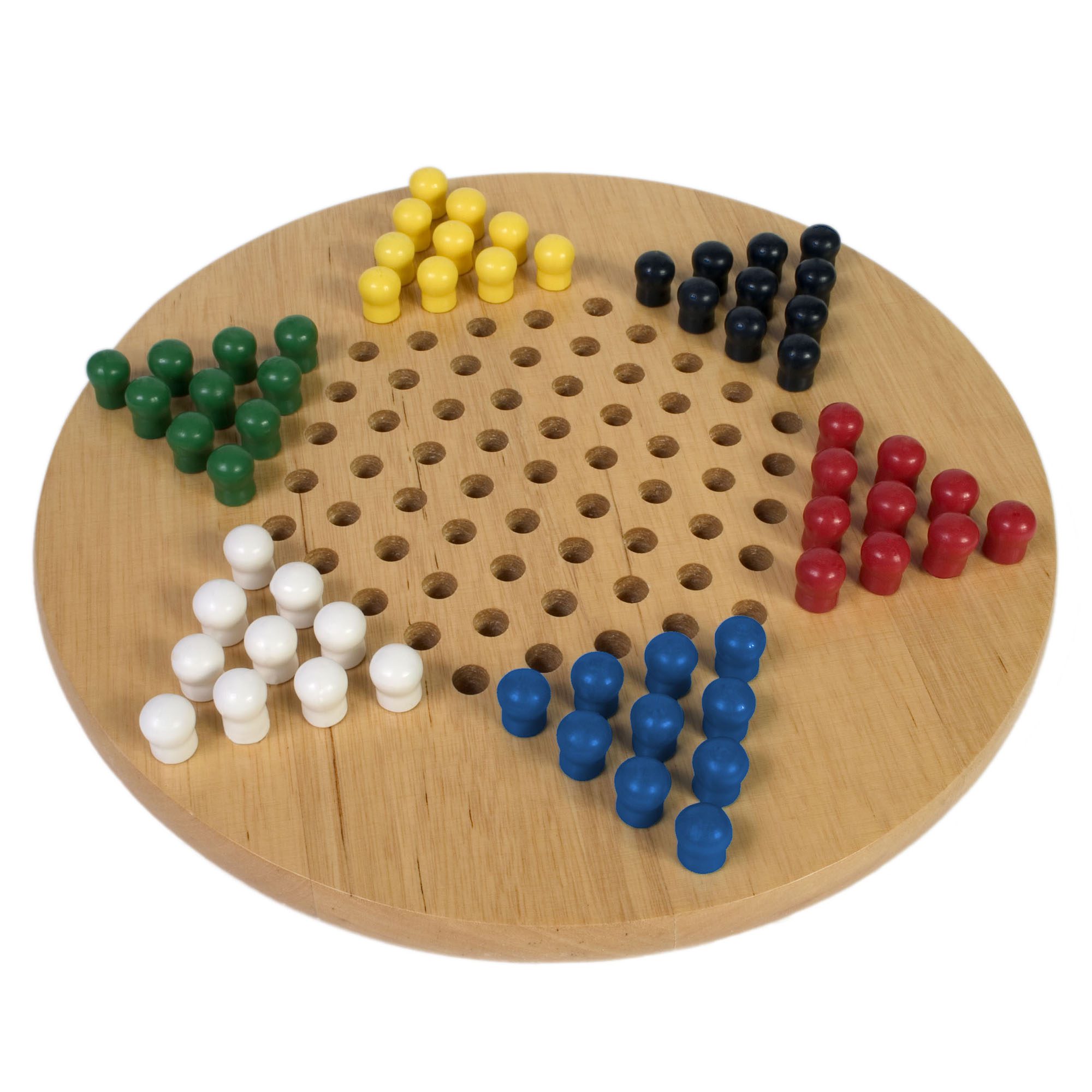
Chinese Checkers rules: The game called Chinese Checkers has some interesting history! It was first made in Germany in 1892. Even though it has “Chinese” in its name, it has nothing to do with China. Instead, it’s based on an older game called Halma, which people used to play on a square board with 16 x 16 squares.
We understand that you can find Chinese checker games everywhere, but we believe in offering our special customers something unique. We’ve worked hard to find high-quality Chinese Checkers boards, and we think our selection is the most interesting you’ll find.
Equipment
The board for Chinese Checkers, also known as Chinese Chequers, looks like a star with six points. Each point is a triangle with ten holes (four holes on each side). Inside the board, there’s a six-sided shape called a hexagon, and each side of the hexagon has five holes.
These triangles come in different colours, and there are 6 sets of pegs, each set matching one of the colours.
Preparation
You can play Chinese Checkers with 2,3,4 or 6 players. When you have six players, you use all the pegs and triangles. For a game with four players, you start in two pairs of triangles opposite each other.
Each player picks a colour and puts ten pegs in the triangle that matches their chosen colour.
Some Chinese Checkers rules say that triangles not used in the game should still have pegs, so they can’t be used during play. However, we suggest it’s more interesting to empty unused triangles so pegs can jump through and land in them if players want to.
Objective
The game’s goal is to be the 1st player to move all ten of their pegs from one side of the board to the opposite triangle. The player who fills all ten holes in their destination triangle wins the game.
How to Play
To decide who goes first, you can toss a coin. Players take turns moving one peg of their own color. In one turn, you can move a peg to a neighbouring hole or hop over other pegs.
When you make a hopping move, each hop must go over a peg right next to it and land in an empty hole just beyond that peg. You can hop over pegs of any colour, including your own, and go in any of the 6 directions on the board.
After each hop, you can stop or keep hopping over more pegs if you can. Pegs are never taken off the board. However, once a peg reaches the opposite triangle, it can only move within it and can’t leave it.
A question might arise about moving a peg into a triangle that belongs to another player. The Chinese Checkers rules can vary, but here’s a suggestion: You can hop a peg through that triangle, but it can’t stay and rest there.
Anti-Spoiling
People have often argued about what happens when one player can’t win because another player’s peg is in their destination triangle. Most Chinese Checkers rules don’t say anything about this, which suggests that blocking opponents in this way might be allowed.
Some special Chinese Checkers rules have been suggested to prevent spoiling the game. One idea is to say that even if another player’s peg is in your destination triangle, it doesn’t stop you from winning. You can still win when all the holes in your triangle are filled up.
Here’s a rule from James Masters in 2002 that covers all these situations: If you can’t win because another player’s peg is in your destination area, you can swap their peg with your own. This rule works for both regular moves and hopping moves.
Super Chinese Checkers
In Super Chinese Checkers, the game can be made faster and more exciting by allowing ‘long jumps.’ In this variation, a piece can jump over another piece, no matter how far away it is, as long as it can land the same distance behind the straight line.
Some Questions
What is the goal of Chinese checkers?
The goal of Chinese checkers is to be the first player to move all of their pieces into their triangle.
How do you move your pieces in Chinese checkers?
You can move your pieces one space at a time or jump over others, including your own. To jump, you must land in a space. You can jump multiple times in a turn if you land on a space each time.
What happens if you can’t make a move?
If you can’t make a move, you skip your turn.

